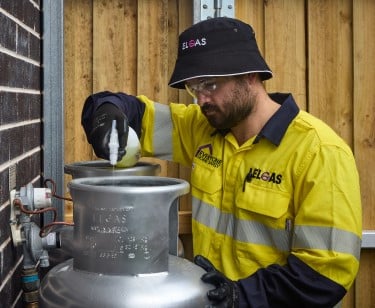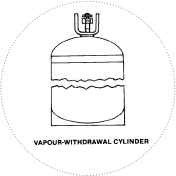Fazerloz
Full Member
- Posts
- 9,357
- Likes
- 18,924
Do you have a link to confirm your statements about the amount of pressures that can be generated in a propane cylinder by the expansion of the Propane.Refilling a small bottle from a big one is very easy but potentially very very dangerous. The issue is the ullage space. It is vital that you leave it empty, so you must NEVER fill past 80% full.
The reason for this is that LPG expands a huge amount as it warms, so if you get a sunny day and a full bottle, the pressure can easily exceed 1000psi and be enough for the bottle to burst.
The temptation is to overfill. That's why it's illegal and dangerous to refill bottles yourself. I have had a job doing it, but we always weighed the bottles to make sure we weren't overfilling. DIY refillers tend not to.
An exploding full bottle will spoil several people's day.
As all propane cylinders have to have a built in relief valve by law.Common usage Calor cylinders are Propane 26bar Butane 21bar I would think it highly unlikely for your scenario to ever happen.
I am not condoning the self filling of bottles but see these types of claims as scare mongering.


